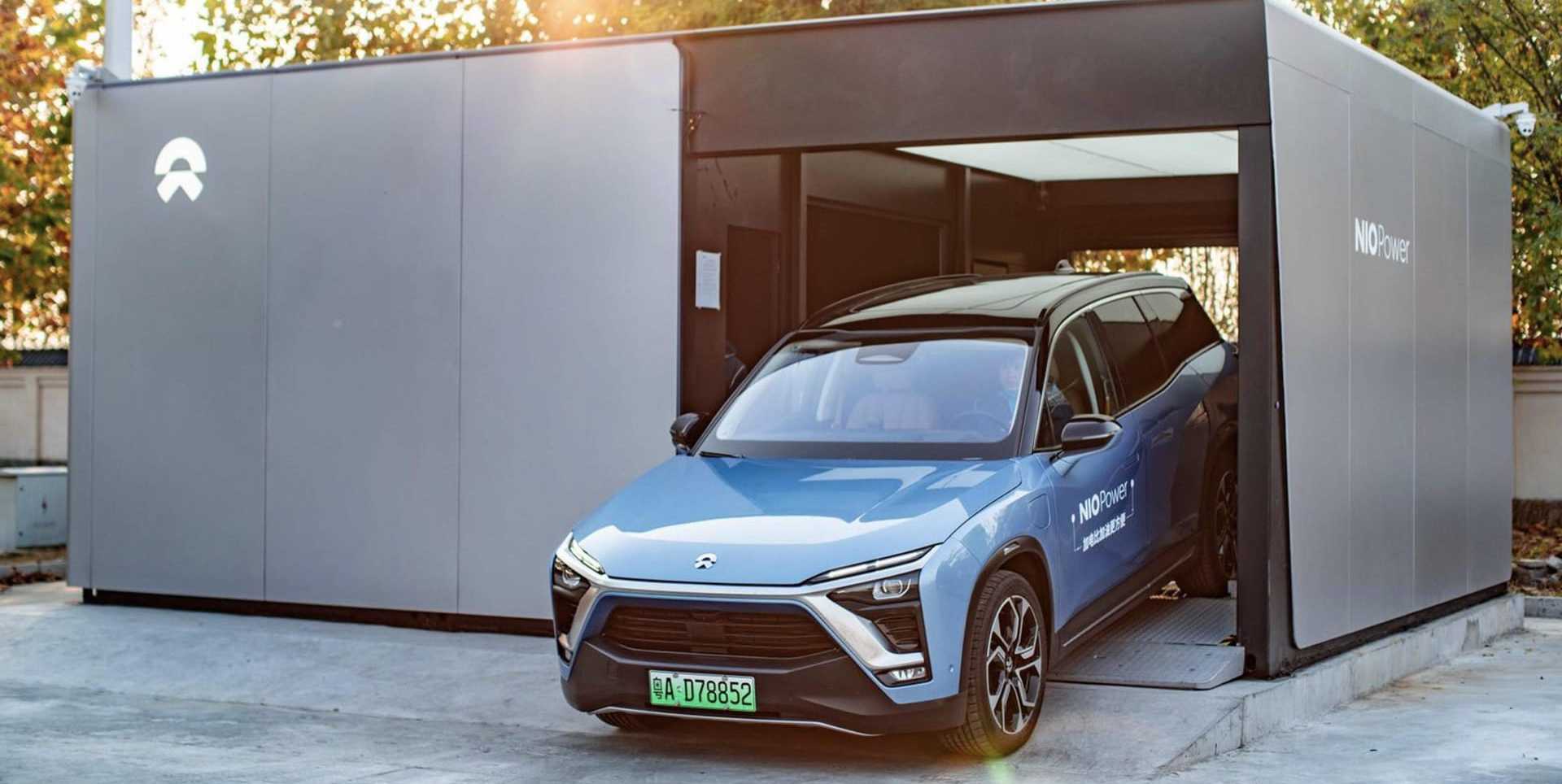Business
Nio Faces Critical Year Ahead as Stock Price Hits New Lows

SHANGHAI, China — As the electric vehicle market continues to evolve, Chinese manufacturer Nio faces a pivotal 2025 marked by financial challenges and strategic opportunities. The company’s stock is currently trading at an alarming low of $4.25, nearly 93% off its peak value of $62.84 in February 2021, as investors are anxious about its ability to regain market confidence.
Founded in 2014, Nio has emerged as a key player in China’s premium electric vehicle sector, setting itself apart with its innovative battery-swapping technology. This system allows drivers to replace depleted batteries with fully charged ones in mere minutes, addressing range anxiety and lowering customer costs. Nio offers a range of models targeting high-end consumers, including the ES8, ES6, EC6, ET7, and ET5 SUVs and sedans, competing directly with Tesla and luxury automakers.
However, the company’s financial metrics paint a dire picture. Nio reported a net margin of -38.02% and an operating margin of -41.83% for FY 2023, indicating ongoing struggles with profitability. Analysts predict a slight improvement in earnings, projecting an EPS of -7.45 for 2024, but looming debts create significant hurdles. The company’s debt to equity ratio stands at 197.21%, with long-term debt at 30.47%, raising concerns about its reliance on borrowing for operations.
Nio’s revenue in the last quarter totaled $2.6 billion, but a net loss of $721 million underscores its financial vulnerability. The company possesses $6 billion in cash and equivalents, which may sustain operations in the short term but could necessitate additional funding within two to three years, heightening the risk of shareholder dilution. Analysts at J.P. Morgan have even lowered their 2025 revenue forecasts by 7-13%, citing challenges with vehicle deliveries and scaling operations.
The outlook for Nio’s sales is equally complex. While the company aims to double sales to 440,000 units by 2025, conservative estimates from analysts suggest an achievable target of 334,000 units—a stark contrast to the ambitious goals set by the company.
As Nio attempts to launch new products, including the high-end ET9 sedan and the mass-market ONVO SUV, it also contends with increased competition from domestic manufacturers like BYD and Xiaomi, as well as international brands such as BMW and Mercedes-Benz. Nio currently holds about 15% market share in China’s premium EV segment but must navigate a market that is becoming increasingly competitive.
Despite these obstacles, analysts maintain a cautious optimism about Nio’s long-term potential. The company has received an “Overweight” rating with expected earnings of -$7.45, improving marginally to -$4.56 in 2025. However, industry-wide trends such as government incentives for electric vehicles and growing global demand for EVs could work in Nio’s favor.
In addition to exploring the European market, Nio faces the dual task of competing effectively in China while managing increasing regulatory challenges and potential trade tensions with Western countries. The recent restrictions on exports for technology-related components pose a risk to Nio’s ability to innovate and keep up with evolving consumer demands. Meanwhile, macroeconomic factors like inflation and rising interest rates threaten not only consumer demand for premium EVs but the valuations of growth stocks like Nio.
Nio stands at a critical juncture, where balancing market expansion and operational efficiency is crucial for its survival. While the renewed EV subsidies from the Chinese government provide some support, sustaining growth while reducing cash burn and upholding consumer interest remains paramount. Investors remain highly attentive to upcoming earnings reports, which could offer insights into whether Nio can reverse its fortunes in a fiercely competitive ecosystem.












